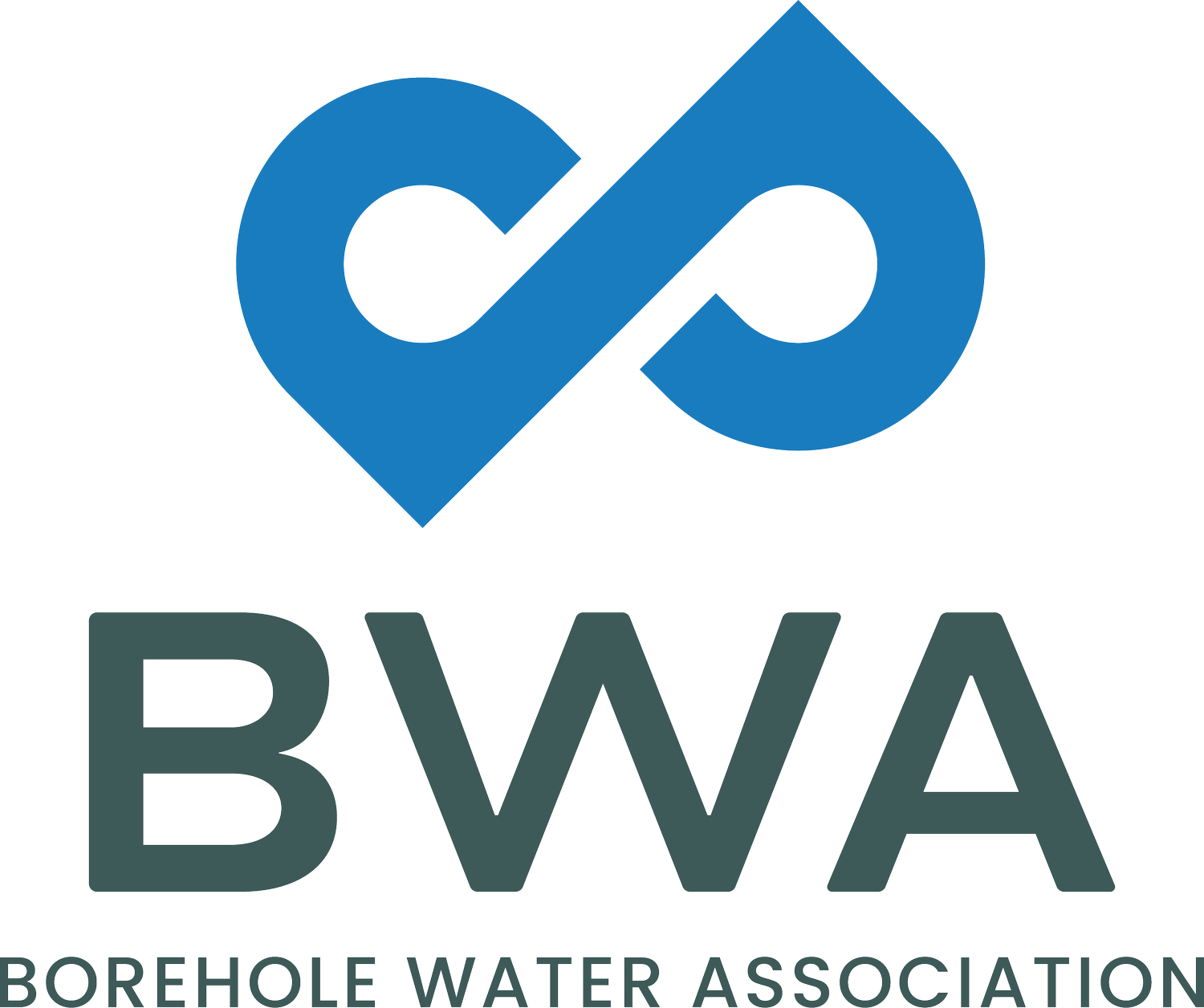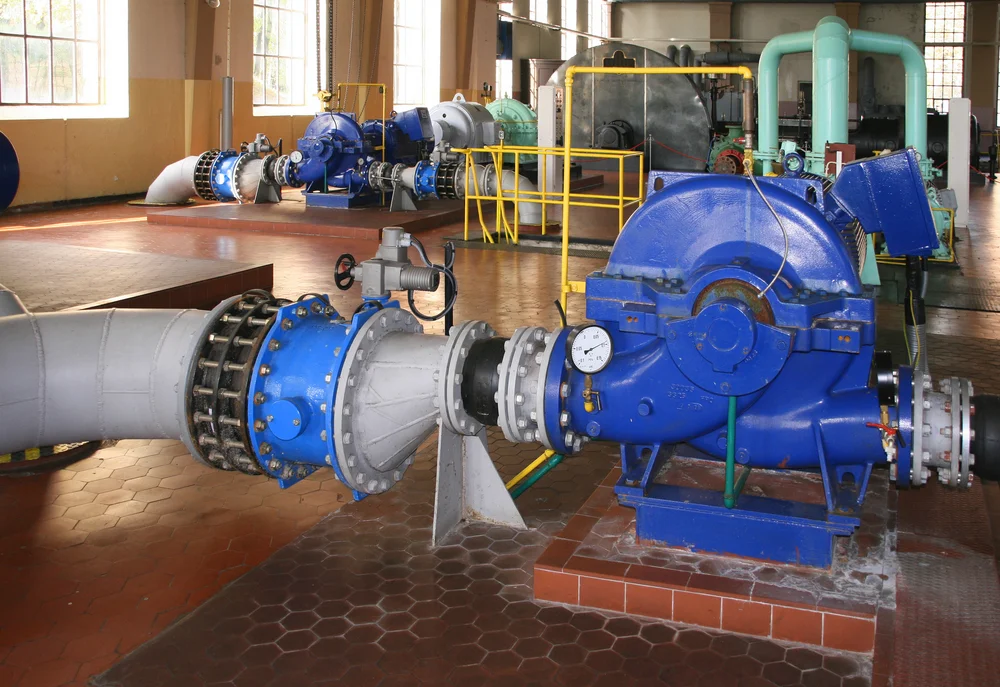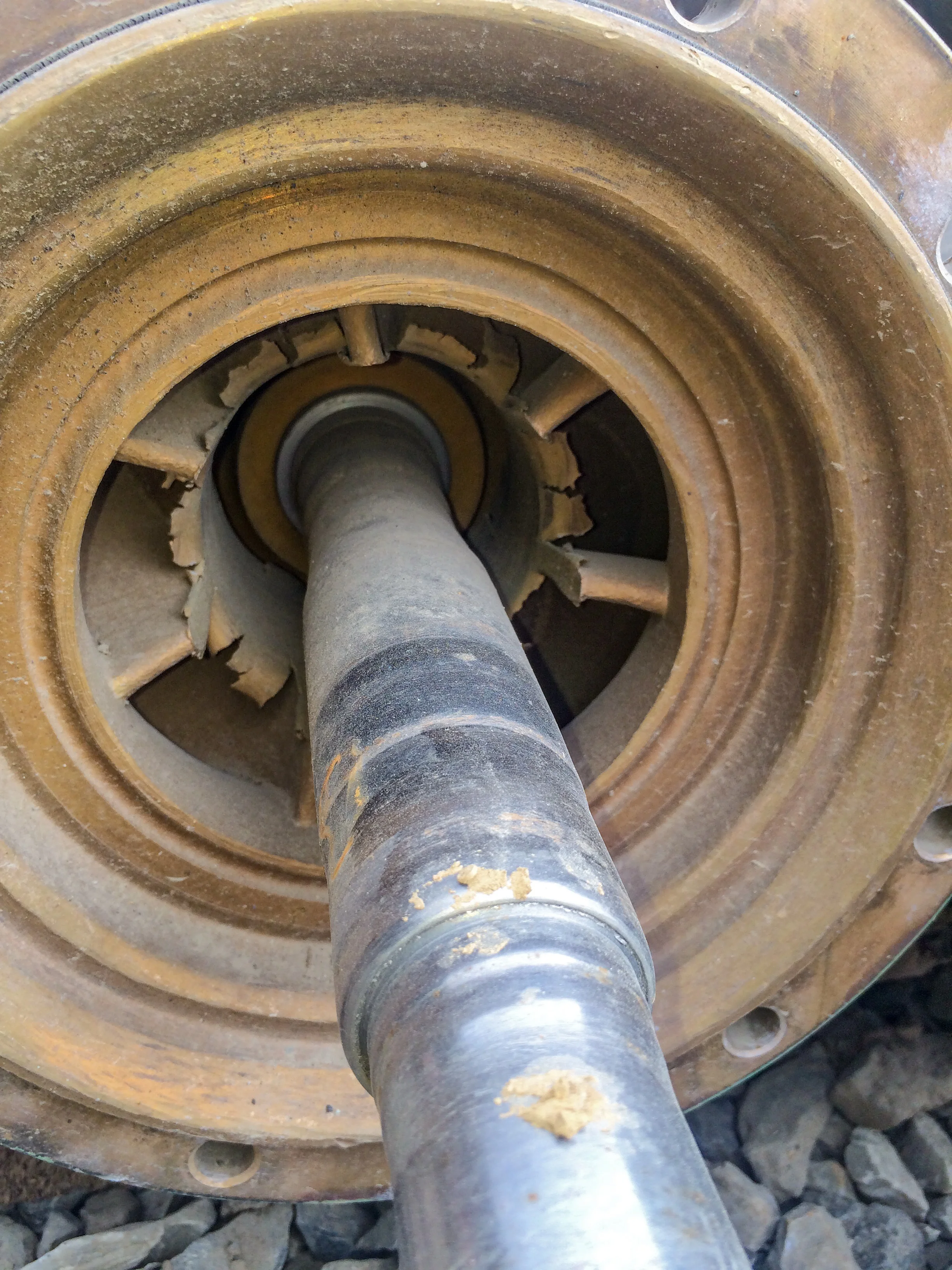What to do about High TSS Values a.k.a Sandy Boreholes
/by John Tonkin
Whether a borehole is used for consumption, such as in a municipality, or dewatering, such as in a mine, the ingress of solids into the water and by default, the pumping system, can have serious implications. A high Total Suspended Solids (TSS) Rate will negatively affect system efficiency, Mean Time Between Failures (MTBF), and overall reliability of the installation and the plant in which it is operating.
High TSS values are sometimes a fact of life , but when this situation occurs, it is possible to mitigate the negative effects by making considered choices in the design and maintenance of a borehole installation.
Causes and effects of sand, stones and other solids in groundwater
The solids in suspension in groundwater come in all shapes and forms. Here are some examples of what can be expected from unstable ground conditions.
Figure 1: This formation delivered water that contained a coarse sand that completely clogged the pump.
Figure 2: The fine mud seen on the downstream side of this non-return valve disc collected there after the pump had been stopped and all the solids settled out. In some cases, this can become so severe that the accumulation of sand on top of the valve prevents it from opening.
Figure 3: This is the discharge from a borehole after it had been developed. The liquid that poured out the opening could only be described as a sloppy mud! The very fine solid material could be likened to a powder in a dry condition but when mixed with water it has a relatively high viscosity.
Groundwater usually moves at very low velocities, if at all. By drilling into the water-bearing formations, the water and solids that have settled out over many years are disturbed. Installing high capacity pumps increases the flow (velocity) of water through the aquifer and the concomitant increase in turbulence results in more solids moving into the pump. The slower the water can be made to move through the formation, the less likelihood there will be of solids being stirred up and drawn into the pump. But more about this later.
What happens when you pump water containing high concentrations of solids in suspension?
Most borehole pumps are designed to handle cold clean water. The addition of solids in suspension in the water increases the specific gravity and the hard sandy particles drastically increase the wear and tear in the pump.
Figure 4: The results of pumping water containing high concentrations of sand in suspension
Figure 4 shows the results of pumping water with a high TSS rate. In this case, the stage bearings were the first to fail. The complete failure of the pump occurred when the shaft, having little or no support, started whipping in a circular lateral plane.
Short operating life cycles for borehole pumps owing to high Total Suspended Solids (TSS) values make up a significant proportion of system failures. The symptoms are easy to identify, but it is essential to get to the root cause of the problem. Establishing a root cause lays a solid foundation for a sustainable solution to any shortcoming in performance and reliability.
What can be done about high TSS values?
PREVENTION IS BETTER THAN CURE
Ideally, high TSS rates should be prevented at the very beginning, when the borehole is designed and drilled.
Information about the structure and characteristics of the formation(s) that the borehole intersects are critical inputs in the design of the borehole. Screen slot sizes, the positioning of the screens and “solid” casing require specialised knowledge and experience.
It is important to make design decisions that keep the turbulence levels in the aquifer as low as possible. The recommended velocity of water passing through a borehole screen from an aquifer into the borehole is approximately 0,03m/s. Placing the intake of a pump close to or opposite an opening (slot) in the casing will immediately create velocities that could go as high as 3m/s (i.e. 100 times this figure). High levels of turbulence under these conditions will most certainly encourage the drawing of solids into the borehole. The catch phrase is “nice and easy does it”, so don't place the intake of the pump close to a slot or well screen.
There are proprietary sand separators that can be fitted over the pump and motor that will remove up to 95% of the sand before it reaches the pump. The downside is twofold. Firstly, the sand is dumped into the bottom of the hole and has to be removed manually on a regular basis. Secondly, the unit fits over the pump and motor and this increases the outside diameter of the pump/motor unit. This often means that a smaller pump has to be selected in order to get the whole ensemble to fit in the borehole. These disadvantages have proven to be a small price to pay for some very significant gains made in system efficiency and reliability.
What to do with an existing sandy installation
Faced with existing (badly constructed) boreholes, there could be a need to look at the materials of construction of the pump unit and other components in the system that might be susceptible to abrasive wear.
In the case of the site shown in Figure 4, it was decided that stage casings, impellers and shafts made of duplex stainless steel and bearings made from silicon carbide would be the best solution for the conditions at the site. The extreme hardness of silicon carbide and its known resistance to failure in abrasive conditions will ensure much longer bearing life-cycles and hence support for the shaft. Duplex stainless steel has a solid reputation for toughness and a far better than average resistance to abrasion.
Conditions that exist at similar sites internationally indicate a possible improvement in time between repair/failure of at least 400%. Price difference between the standard unit and the duplex unit is approximately 20% higher.
Condition monitoring
By keeping an eye on the performance of the system, any drop off in water delivered can be acted on before there is a complete failure of not only the pump end, but also the motor. There are a number of systems that make use of cellular and other data channels to keep tabs on the state of health of a pump. The cost of these systems has reduced to a level where it represents a small percentage of the total system cost. The benefits of having one of these systems installed however far exceeds these costs.
For more information on this, see Borehole Pump Installation Part 3 - Root Cause Analysis & Remedial Strategies.
Conclusion
Ensuring optimum system performance from a groundwater installation in sandy conditions requires planning and specific skills. Because of the broad range of disciplines involved, it also requires input from a range of specialists. There are no shortcuts. Attention to detail will ensure an installation that is cost-effective and an asset to the end-user.








